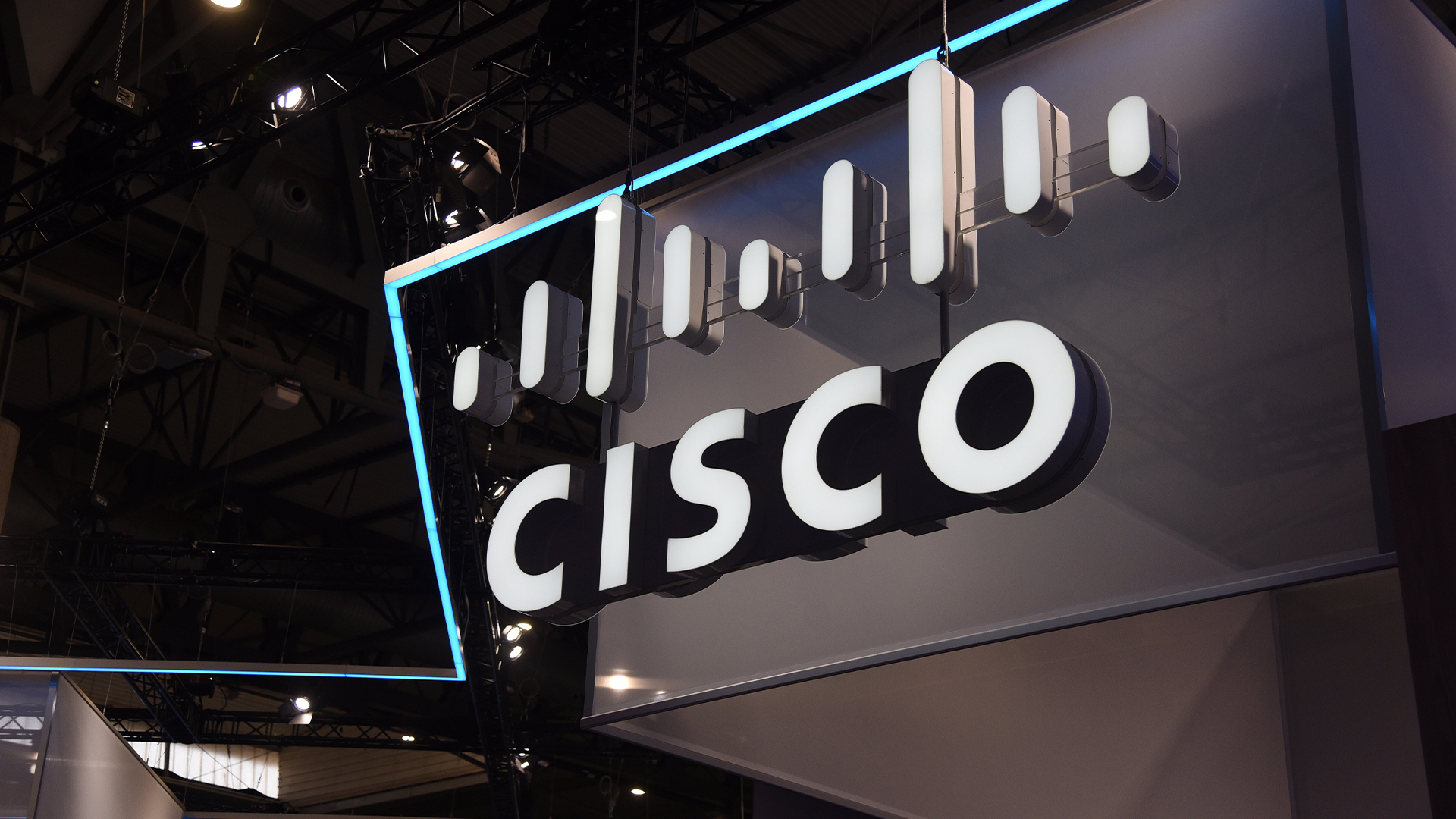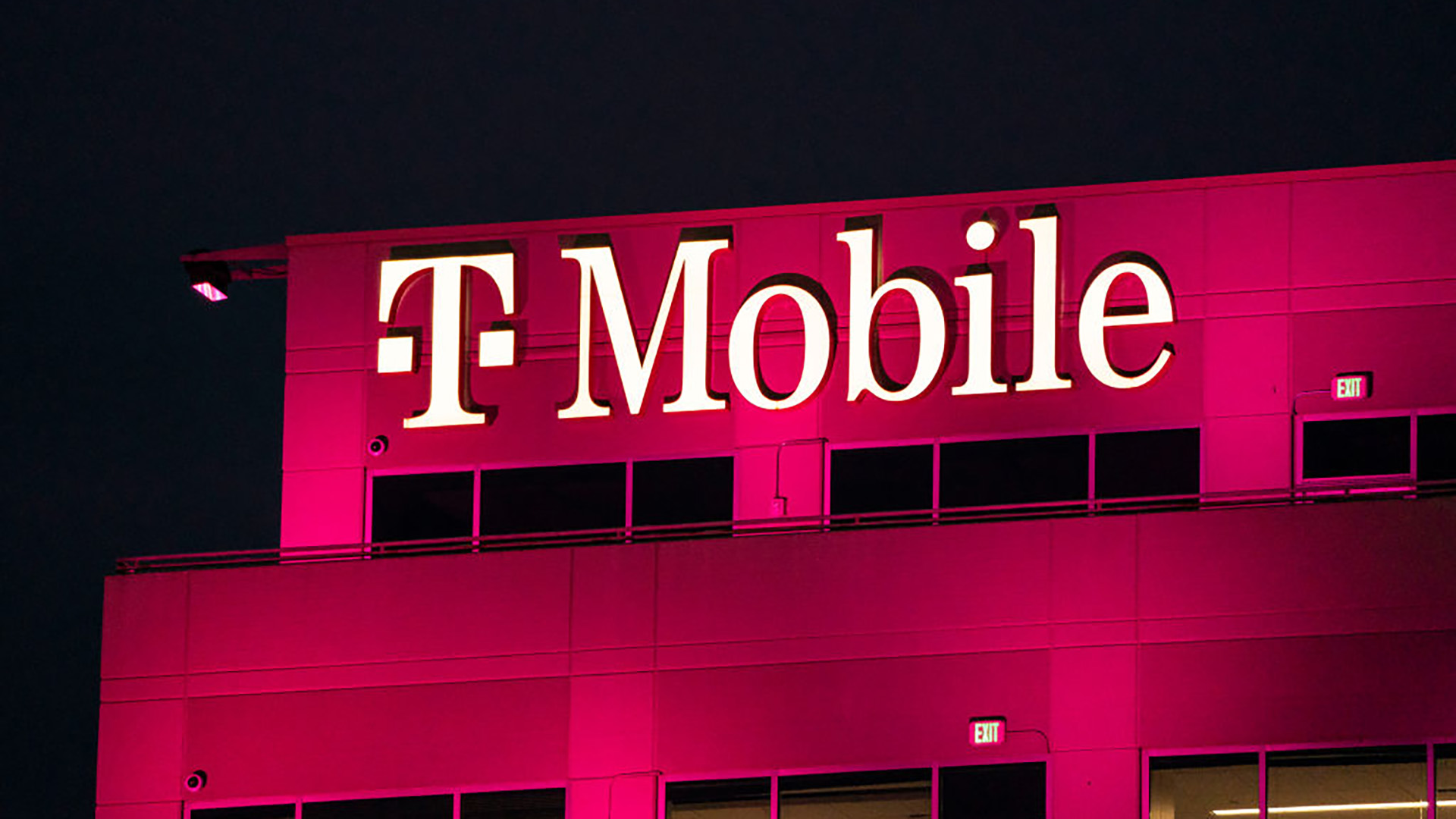Over 90% of IT teams feel pressure to compromise security
Organizations reject attempts to update security


Organizations have forced IT teams into compromising security for business continuity, according to new research.
Seventy-six percent of IT teams admit security took a backseat to business continuity during the pandemic, according to HP Wolf Security’s new study, titled “Rebellions & Rejections Report.” The same percentage felt they’re in a no-win situation where they’re being told to lock down security while being pressured to create shortcuts to enable innovation. Nearly all IT teams (91%) felt pressured to compromise security if it benefitted business continuity, including 50% who described the pressure as “significant.”
The survey questioned adults in the US, UK, Mexico, Germany, Australia, Canada, and Japan who used to be office workers, and worked from home the same amount or more than before the pandemic. It also found 48% of office workers aged 18 to 24 years old viewed security tools as a hindrance, leading to 31% trying to bypass corporate security policies to get their work done.
Nearly half (48%) of office workers surveyed agreed that seemingly essential security measures result in a lot of wasted time – this rises to 64% among those aged 18 to 24 years old. Over half (54%) of 18- to 24-year-olds were more worried about meeting deadlines than exposing their organization to a data breach; 39% were unsure what their security policies say or didn’t know if they existed.
RELATED RESOURCE

Challenging the rules of security
Protecting data and simplifying IT management with Chrome OS
The report suggested an overall growth of apathy among younger workers.
The report found that because of this, 83% of IT teams believe the increase in home workers has created a “ticking time bomb” for a corporate network breach.
When asked about the type and significance of threats that businesses now face, 84% of IT teams saw ransomware as a significant or very significant risk. Other threats posed included unpatched vulnerabilities and firmware attacks on laptops (83%), data leakage (82%), account/device takeover (81%), targeted attacks and man-in-the-middle attacks (79%), internet of things (IoT) threats (77%), and printer firmware attacks (76%).
Sign up today and you will receive a free copy of our Future Focus 2025 report - the leading guidance on AI, cybersecurity and other IT challenges as per 700+ senior executives
“CISOs are dealing with increasing volume, velocity and severity of attacks,” said Joanna Burkey, CISO at HP Inc. “Their teams are having to work around the clock to keep the business safe, while facilitating mass digital transformation with reduced visibility. Cybersecurity teams should no longer be burdened with the weight of securing the business solely on their shoulders, cybersecurity is an end-to-end discipline in which everyone needs to engage.”
Rene Millman is a freelance writer and broadcaster who covers cybersecurity, AI, IoT, and the cloud. He also works as a contributing analyst at GigaOm and has previously worked as an analyst for Gartner covering the infrastructure market. He has made numerous television appearances to give his views and expertise on technology trends and companies that affect and shape our lives. You can follow Rene Millman on Twitter.
-
 I couldn’t escape the iPhone 17 Pro this year – and it’s about time we redefined business phones
I couldn’t escape the iPhone 17 Pro this year – and it’s about time we redefined business phonesOpinion ITPro is back on smartphone reviews, as they grow more and more intertwined with our work-life balance
-
 When everything connects, everything’s at risk
When everything connects, everything’s at riskIndustry Insights Growing IoT complexity demands dynamic, automated security for visibility, compliance, and resilience
-
 Cisco ASA customers urged to take immediate action as NCSC, CISA issue critical vulnerability warnings
Cisco ASA customers urged to take immediate action as NCSC, CISA issue critical vulnerability warningsNews Cisco customers are urged to upgrade and secure systems immediately
-
 Edge devices are now your weakest link: VPNs, firewalls, and routers were the leading source of initial compromise in 30% of incidents last year – here’s why
Edge devices are now your weakest link: VPNs, firewalls, and routers were the leading source of initial compromise in 30% of incidents last year – here’s whyNews Compromised network edge devices have rapidly emerged as one of the biggest attack points for small and medium businesses.
-
 Forget MFA fatigue, attackers are exploiting ‘click tolerance’ to trick users into infecting themselves with malware
Forget MFA fatigue, attackers are exploiting ‘click tolerance’ to trick users into infecting themselves with malwareNews Threat actors are exploiting users’ familiarity with verification tests to trick them into loading malware onto their systems, new research has warned.
-
 Billions of IoT devices will need to be secured in the next four years – zero trust could be the key to success
Billions of IoT devices will need to be secured in the next four years – zero trust could be the key to successNews Researchers have warned more than 28 billion IoT devices will need to be secured by 2028 as attacks on connected devices surge.
-
 Cisco claims new smart switches provide next-level perimeter defense
Cisco claims new smart switches provide next-level perimeter defenseNews Cisco’s ‘security everywhere’ mantra has just taken on new meaning with the launch of a series of smart network switches.
-
 Five Eyes cyber agencies issue guidance on edge device vulnerabilities
Five Eyes cyber agencies issue guidance on edge device vulnerabilitiesNews Cybersecurity agencies including the NCSC and CISA have issued fresh guidance on edge device security.
-
 T-Mobile security chief insists its defenses stood up to attacks linked to Salt Typhoon
T-Mobile security chief insists its defenses stood up to attacks linked to Salt TyphoonNews No T-Mobile customers or services were affected after its security teams detected suspicious activity on their routers
-
 Amazon confirms employee data compromised amid 2023 MOVEit breach claims – but the hacker behind the leak says a host of other big tech names are also implicated
Amazon confirms employee data compromised amid 2023 MOVEit breach claims – but the hacker behind the leak says a host of other big tech names are also implicatedNews Millions of records stolen during the 2023 MOVEit data breach have been leaked
